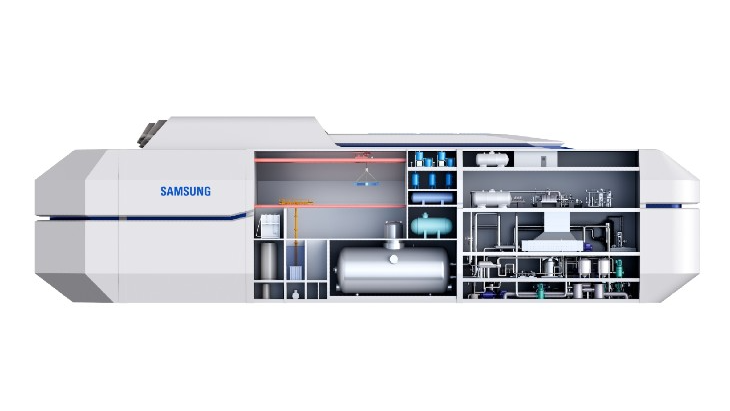Energy for Generations, which was launched on 12 June by Minister of Energy and Mines Stephen Lecce, builds on a 2024 vision paper setting out a comprehensive assessment of the challenges facing the province's energy system, including the need to meet rapidly growing demand, electrify key sectors, and maintain reliability, all while keeping energy rates down. A public consultation on that paper, Ontario's Affordable Energy Future: The Pressing Case for More Power, attracted responses from Indigenous communities, municipalities, utilities, stakeholders and the public.
With the subtitle Ontario's Integrated Plan to Power the Strongest Economy in the G7, the government says this is Ontario's first integrated energy plan. It establishes a planning horizon to 2050. Four principles of affordability, security, reliability, and clean energy are embedded throughout the plan, which the government says "enables smarter decision-making, better system coordination, and more cost-effective investments that will benefit families, workers, and businesses across the province."
With nuclear currently responsible for 50% of Ontario's total generation and hydro contributing 24%, Ontario already has one of the cleanest grids in the world, the plan notes. Under Energy for Generations, "nuclear power will continue to serve as the backbone of the province's electricity system providing the 24/7 baseload power the province's economy requires" as demand continues to rise.
Ongoing refurbishments of Ontario's existing nuclear power plants "are anchoring a domestic nuclear supply chain that supports long-term energy security, economic resilience, and innovation," the plan notes, and the province is building on the experience from these major projects as it supports the development and deployment of small modular reactor (SMR) units at Darlington. The construction, operation and maintenance of the four units will add CAD38.5 billion (USD28.4 billion) to Canada's GDP over the next 65 years, with 80% of spending going to Ontario companies and with construction and operations sustaining an estimated 3,700 highly skilled, good-paying jobs for the next 65 years.
Bruce units 1 and 2 are not part of the current round of refurbishments: those two units were fully refurbished and returned to service more than a decade ago. But a second refurbishment of those units "remains an available option that can be explored under the existing contract between Bruce Power and the IESO", the plan said. The IESO is Ontario's Independent Electricity System Operator.
The province is also looking to new large-scale nuclear generation, which the plan notes will be needed in the long-term to meet future electricity demand. Pre-development work has already begun to site the first large-scale nuclear build in Ontario since 1993 at the existing Bruce nuclear site; Ontario Power Generation (OPG) is advancing early-stage planning for new large scale nuclear generation at Wesleyville, Port Hope.
"As Ontario plans for the next generation of nuclear energy, the government is ensuring OPG and Bruce Power take a deliberate, coordinated approach to evaluating future large-scale nuclear technologies at their sites. This approach recognises the long lead times, complexity, and lasting impacts of new nuclear projects and would draw on the expertise of the IESO to support informed, long-term decision-making on the role of nuclear energy in Ontario's future electricity system," the plan notes.
Lecce described the plan as Ontario's most ambitious energy plan in a generation. "At the turn of the century, our great grandparents had the vision to build Ontario's hydroelectric dams, later our grandparents started the build-out of Ontario's nuclear fleet, and today, that responsibility falls on us to build for the future," he said. "While every jurisdiction around us scrambles for affordable power, our government is thinking ahead, building for our children and grandchildren. Energy for Generation represents the ambition and long-term thinking necessary to deliver critical nation-building priorities that solidify Canada's self-reliance."
"With this blueprint, Ontario has the opportunity to lead the world in both small and large nuclear development," OPG President and CEO Nicolle Butcher said. "Coupled with our expanding hydroelectric portfolio and other low-carbon technologies, the growth of a reliable provincial grid will also boost economies and strengthen our energy security."
Bruce Power President and CEO Eric Chassard said the company was "proud" of its central role in building a "clean, reliable, and affordable energy future" for Ontario. "As a company that's Canadian at our core, we're committed to powering the growth of our economy and communities with made-in-Ontario nuclear innovation. Our investments in life-extension and pre-development work for Bruce C support the province's growing economy and population while ensuring we remain a global leader in emissions-free electricity."

(1)_99382.jpg)




_18570.jpg)
_16159.jpg)
_49205.jpg)





